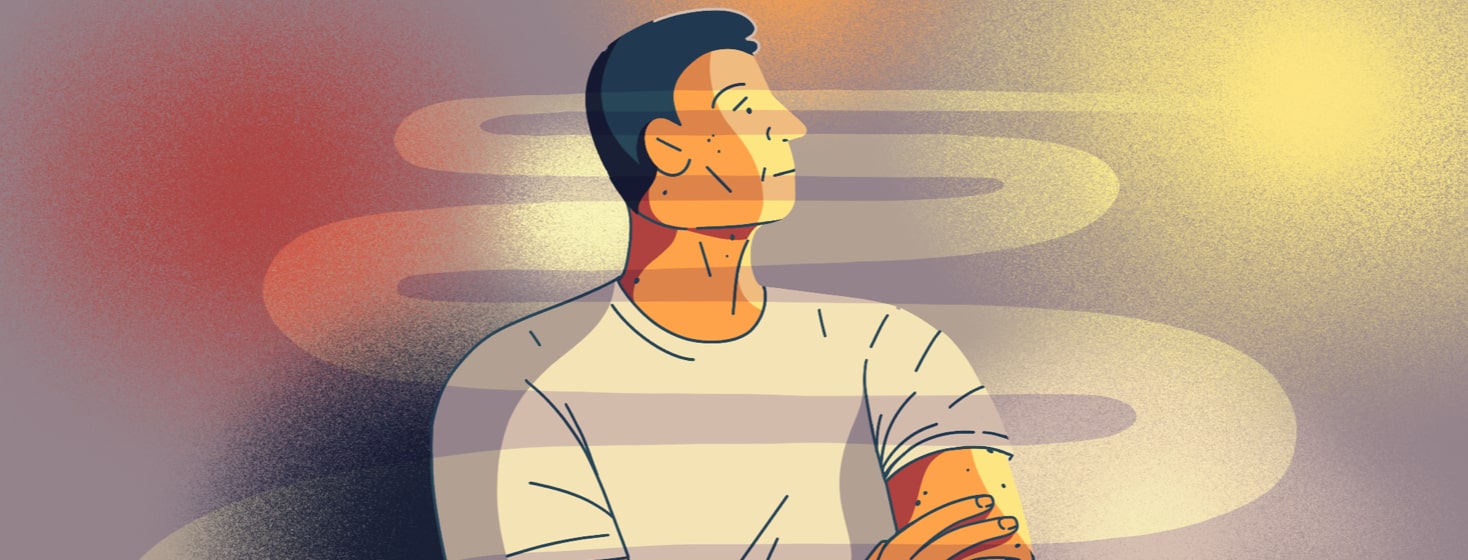A Look Back at Seven Years With AS
This past winter marked my seven-year diagnosis anniversary with ankylosing spondylitis. My how time flies! While my official diagnosis came seven years ago, my AS symptoms began long before then. If I had to guess, my disease symptoms began as many as 20 years ago, but that early back pain was dismissed by healthcare providers so often that I began dismissing it as muscle strains and posture pains myself.
So this winter, I took a look back on seven years living with this disease, officially. While this may not be an anniversary to celebrate, I see this time of year as a prompt for reflection...on where I was seven years ago, on what’s worked and what hasn’t throughout the years, and on how my disease has progressed.
Year one - relief and uncertainty
My first year with AS was filled with anxiety, uncertainty, and confusion. I was sent to a rheumatologist because of swelling in my hand and knee, since I had already discounted years of back pain as inconsequential. When I heard the words “ankylosing spondylitis” I was both relieved and overwhelmed–spondies know well that these emotions are not mutually exclusive!
As it turns out, back pain was my primary symptom, but I also struggled with joint pain in my hands, feet, and knees. I was also diagnosed with uveitis, which is known to accompany AS. After hearing the long history of my symptoms, my rheumatologist prescribed an aggressive treatment plan including a biologic, a DMARD, and several months on prednisone. The goal–to check an immune system whose inflammation markers were out-of-control.
Years two through four - management
I consider this part of my journey the “management” phase. While I did not, and perhaps will not, fully overcome the mental taxation of living with a chronic disease, I did experience several years where my symptoms were fairly well managed.
During years two through four, I began searching for better ways to manage my disease and really got a handle on my abilities and limits. It was as if I was learning a new body–one that can hike for 3-4 miles but after mile 4, experiences a rapid increase in hip pain and stiffness. I was learning ways to cope with sleep disruptions due to back pain, how limited but regular low-impact exercise does help my symptoms, and when I can and can’t push through the pain. During this period, I began setting new guidelines for my body and my life, without much of a change in my symptoms.
Year five - new symptoms
When I reflect on year five as a whole, it was plagued by new symptoms. At times, the search for answers became overwhelming. At other times, the lack of answers became stressful.
In my fifth year after diagnosis, I developed psoriasis. At first, my rheumatologist explained it away as a response to Plaquenil, so he changed my treatment plan to control the psoriasis. I don’t know much more about my psoriasis, other than that it’s a symptom of my AS and still hanging around.
I also developed gastrointestinal symptoms this year, to include several stomach ulcers, a duodenal ulcer, and GERD. The jury is still out on whether these issues are symptoms of my AS or a new disease manifesting, but since I’m already on a treatment plan that manages IBD my GI specialist cannot make a determination one way or the other.
Years six through seven - movement and stability
Years six and seven (so far) have been good years for me. I feel like I’ve hit my stride with exercise and disease management. I’m currently on a treatment plan that keeps my back pain, joint pain, and fatigue manageable (as long as I don’t push my body beyond what I know it can handle).
I take hot baths regularly when my back pain flares up, hike moderately flat trails most weekends to maintain regular movement, use pain creams on days where a joint or two is aggravated, and try not to let life become too stressful (try is the key word here)! I also continue to read about this disease and continue to ask questions. If there’s one thing that I’ve learned over the past seven years, it’s that my symptoms are not going to improve if I do not advocate for myself. That means asking questions at the doctor’s office and probing for the answers that I deserve.
How has your disease progressed over the years and do you reflect on all aspects of this experience? I’d love to hear more about your experience!

Join the conversation